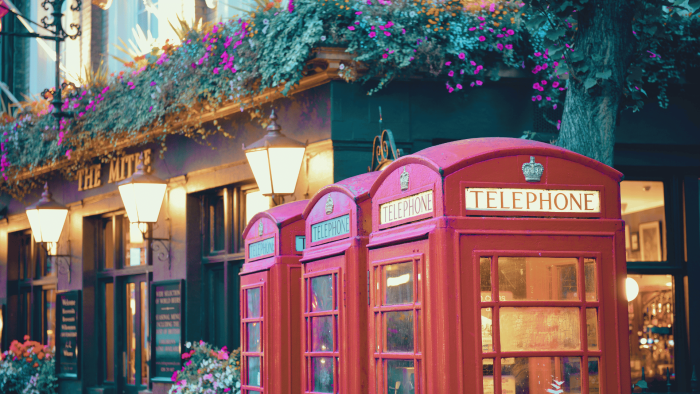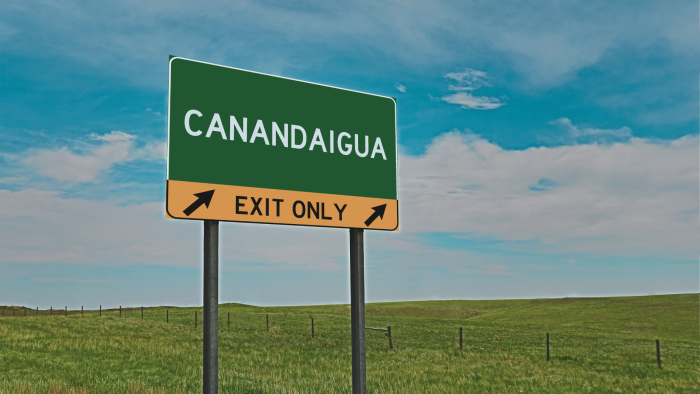Video games have always been a form of vicarious travel. Halo takes you to alien planets. Alan Wake shows off the Pacific Northwest’s capacity for ghost stories. Tomb Raider takes you across the modern world and into ancient ruins. Only thing? All those places are fictional. Some games do the exact opposite. They take recognizable places and use them as the setting, allowing the player to explore very real places they’ve likely seen with their own physical eyes. That’s the stuff that sticks with us the longest. These are the coolest real world locations to ever feature in video games.
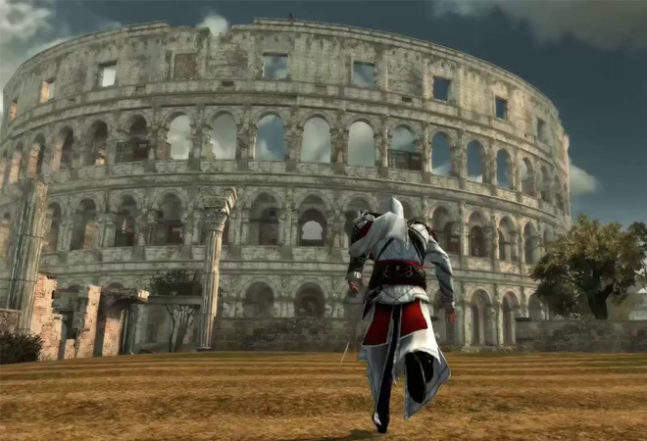
The Colosseum | Assassin’s Creed: Brotherhood
Travelling is usually fun but (we know the second half of this sentence is going to be selfish) other tourists tend to ruin the sights. They’re always jumping in front of the camera or generally interrupting our good time. On top of that, you can’t even climb most of the world’s ancient buildings, despite them being what essentially amounts to perfect rock climbing walls. Assassin’s Creed: Brotherhood solved both of those problems when it included the Colosseum in its version of Rome.
A couple NPCs (non-player characters) wander around the interior of the arena, but touristy crowds simply don’t exist in the game, giving you the complete, unobstructed freedom to explore this ancient building. The game developers had to make a few changes to the in-game Colosseum so it worked according to technology at the time, but they’re not enough to diminish the impressive ruin. The Colosseum certainly feels like a 1:1 representation, which is the main thing you’d want to take from your visit. There are even a few missions and collectables in the ruins, encouraging you to get into every nook and cranny.
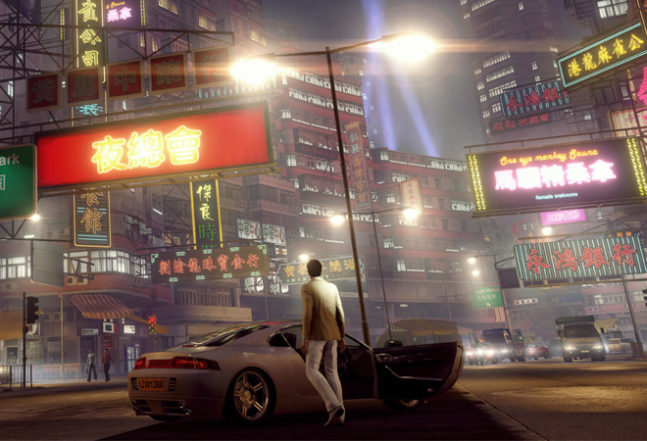
Hong Kong | Sleeping Dogs
Of all the picks on this list, this is the one that feels most like a vacation. Hong Kong is absolutely beautifully rendered. The neon of the city cuts through the night, the cars run all the way from beautiful supercars to food delivery sedans, street vendors are constantly trying to get you to eat some pork buns or noodles, and you can even sing karaoke. After playing through this game a few times, it almost feels like the Hong Kong of the real world would be a let down. Not that we’re going to put any less effort into getting ourselves out to Hong Kong, we just don’t think it’ll be the adrenaline fueled ride of Sleeping Dogs.

Georgetown/Takoma Park | Fallout 3
It wouldn’t be an exaggeration that we lost a full year of our social lives to Fallout 3. Exploring Washington, D.C., and the surrounding area is completely engrossing and it’s impressive how closely the game map follows the real world map. As you might expect, the game shrinks things down a bit, but the relative distances are correct enough that you could navigate D.C. with a rough understanding of Fallout 3.
Obviously in the game it’s great to wander from monument to monument, killing mutants and looting bunkers, but the areas that stick with us most are Georgetown and Takoma Park. The neighborhoods have a distinct feel, with wide streets, brick buildings, and the constant presence of politics. Both these neighborhoods convey those feelings. So where it’s obvious that the monuments aren’t exact replicas of the real world, it’s in these neighborhoods that our immersion became complete. They’re not exact replicas either, but we forgot that while we explored.
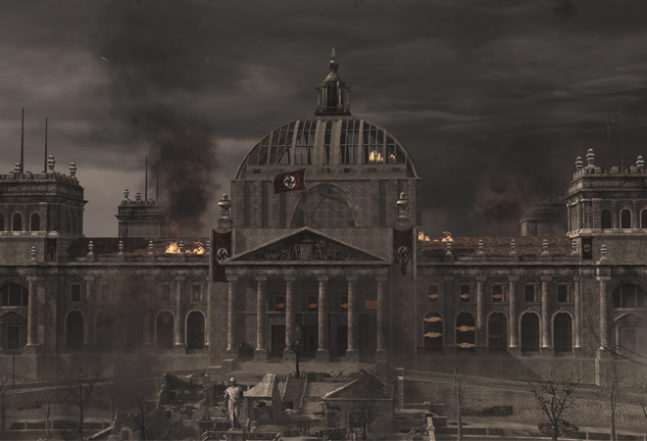
Reichstag | Call of Duty: World at War
Berlin in April/May of 1945 is an interesting place to visit, but only in theory. There was too much German and Russian lead flying around for us to be completely comfortable putting our real bodies there. But Call of Duty: World at War (the last Call of Duty to be worth the entry price, in our opinion) took a morbidly fascinating look at what it was like to be part of the Russian assault on the German Reichstag. Obviously it’s not an accurate play-by-play look, since this is a mission in a blockbuster franchise, but it’s still intimidating to have the Reichstag looming over you as you edge closer and closer to it. You’ve probably seen the picture of the Soviet soldier raising the flag over the Reichstag, so think of this as a fictionalized version of what led to that flag raising.

The Railway Bridge at Nijmegen | Medal of Honor: Frontline
The modernization and eventual cancellation of the Medal of Honor franchise is one of the great sins of modern gaming. What started as Steven Spielberg’s attempt to get people interested in and educated about the Second World War ended up being a lost and forgotten Call of Duty clone. To us, the peak of the franchise’s atmospheric efforts was on “Nijmegen Bridge,” the mission where you have to sneak your way across and disarm bombs on one of the last bridges still standing over the Rhine. It was classic Medal of Honor, with period accurate weaponry, peak technological performance for its time, and ridiculously minute attention to detail. Half of the stuff we know about WWII comes courtesy of Medal of Honor: Frontline and in the 16 years since its release, we haven’t forgotten this bridge our covert operations on it.
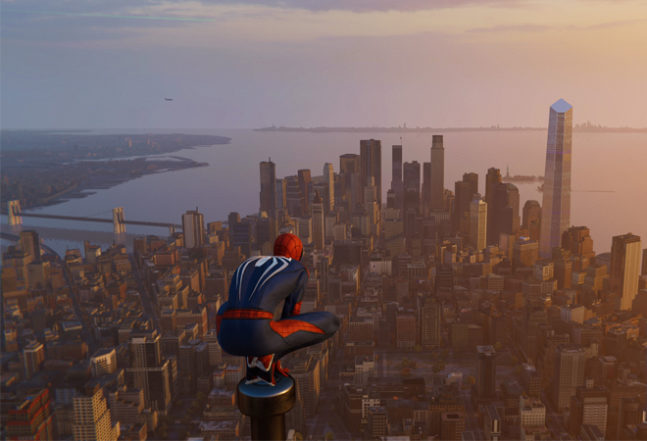
New York City | Marvel’s Spider-Man
Technology is finally catching up with the real world, which means cities like New York can be faithfully built in video games with respect to both size and population. The game’s not quite at a 1:1, which is still the industry standard. Someone measured out the in-game distance between Harlem and Battery Park and found it was a little less than half the real life distance (which, let’s be clear, is still a huge map). But what the game does really well is represent the atmosphere of New York City. The people of the city worked hard to build a place with distinct neighborhoods and personalities, two things that Spider-Man has used to become an internationally popular superhero. So our love of this game’s version of New York comes from our love of the city itself.
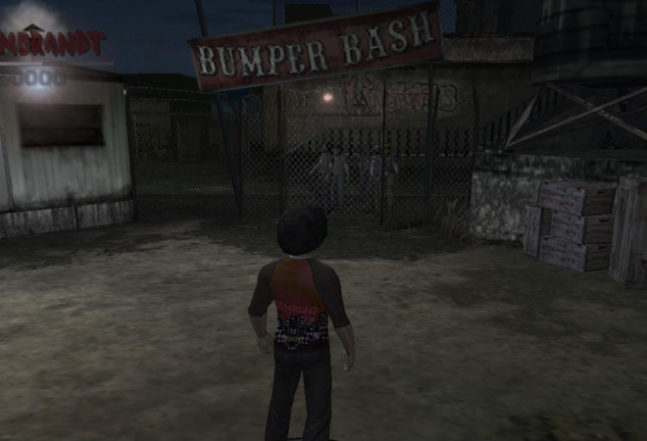
Coney Island | The Warriors
On the flip side of capturing the spirit of New York, we have The Warriors. The city we know today is a historical outlier. Times Square used to be pure porn, you could get mugged in broad daylight, subway cars were rolling “art” galleries (remember scratch graffiti?), and people were constantly being disappeared into the Hudson River. That’s the city The Warriors wants to capture. In this case, we’re talking about the video game, but the same stuff can be said for the movie. Both do a great job of having the gang The Warriors take the audience on a tour of late 1970s New York and beating the shit out of everyone while they do it. There’s graffiti on everything, the subways are disgusting messes, you’re constantly stealing car radios and doing cocaine, and mugging’s the word of the day. It’s a New York that barely exists anymore and inspires guilty nostalgia, which you can indulge if you can stand PS2 graphics these days.
The Warriors themselves run most of Coney Island, so take all that stuff we said about 1970s New York and apply it to one of the most iconic parts of the city. The Wonder Wheel lights you up while you beat up intruding gang members, vandalize city property, and mug passers-by. Basically, if you liked the movie, you get to vicariously live through a fairly faithful remake.
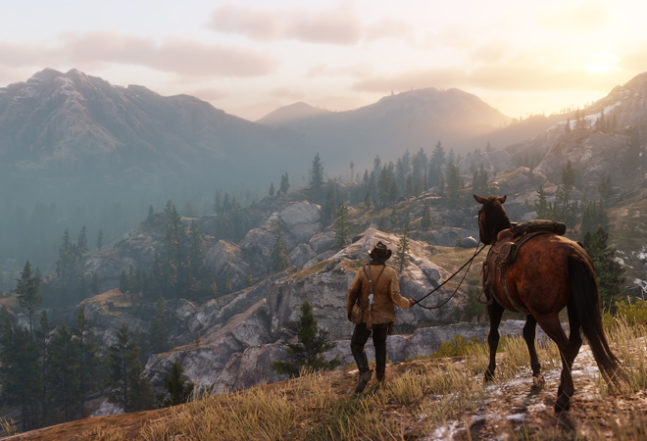
The Western Frontier | Red Dead Redemption 2
Red Dead Redemption 2 has done the impossible and improved where Red Dead Redemption perfected. In the first game, exploring the western frontier was daunting, covering miles and miles of open land where you could be attacked by animals, bandits, or lawmen at any given time. The sequel doubled down and filled the frontier with even more life. There are more animals to get attacked by, travelers to help or rob, random encounters to deal with, and wacky hijinks to get up to.
Obviously you can’t visit turn-of-the-century frontier land as it’s portrayed in the game, but you can definitely get yourself out west and visit landmarks from the game or ghost towns from the time period. If anything, gamers are getting the best of both here. The game’s so realistic, you’re essentially visiting the Wild West as it really was. Then you get to turn off the console and head out to see what actually became of it, whether that’s a vibrant city or a dusty abandoned wreck. Which is apparently also part of the point of the game, what with people trying to adjust to changing lifestyles.

Moscow Metro | Metro 2033
Metro 2033 does a pretty good job of faithfully recreating Moscow, rendering recognizable landmarks and buildings as they appear in real life. But the real strength of the game, as you’d expect, lies in the metro stations. Real life Moscow put a lot of money and time into their stations, so there are times in the real world you could swear you walked into a hotel lobby instead of public transportation. The game took those stations and used them to show off the decay of the world. In the course of the game, you’ll have shootouts in a metro system adorned with chandeliers, arches, and art that once showcased Russian opulence and now host ghosts and desolation.


